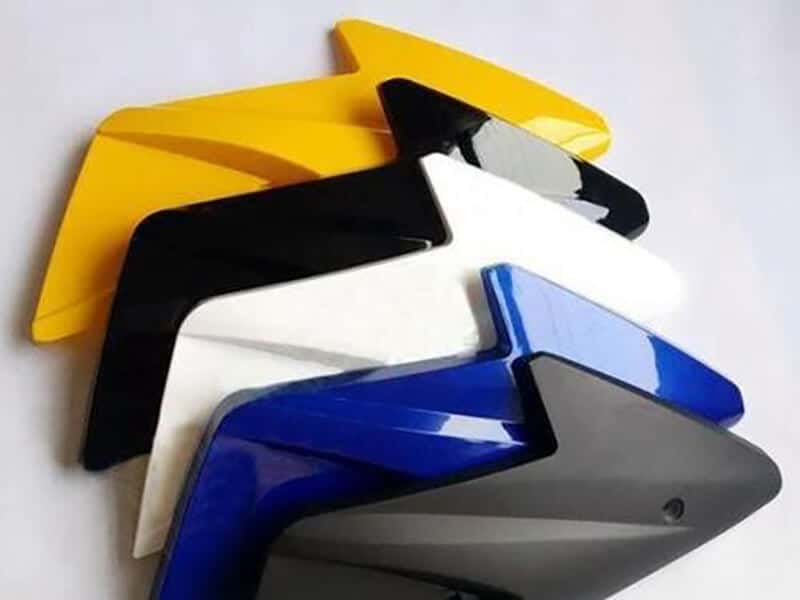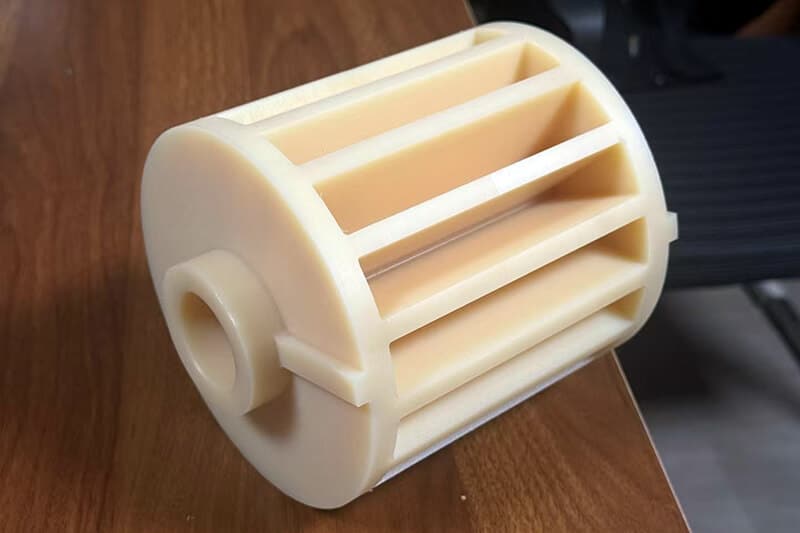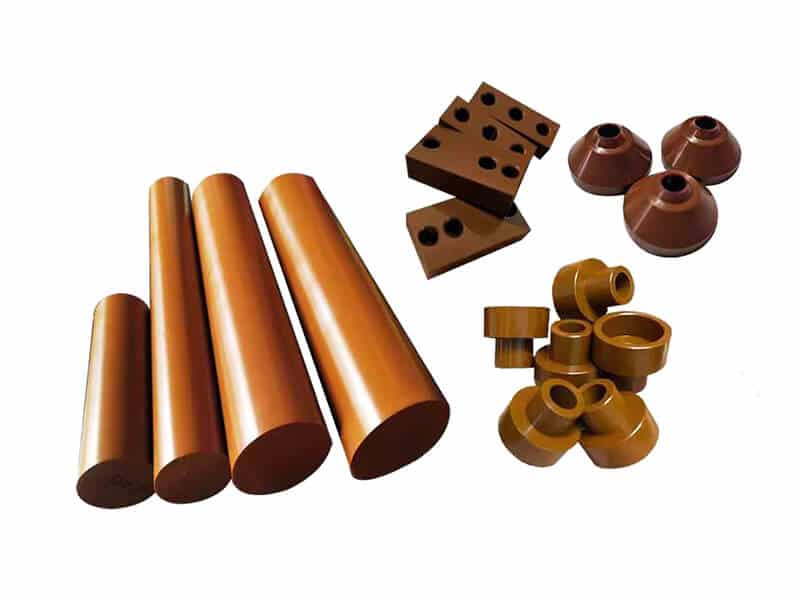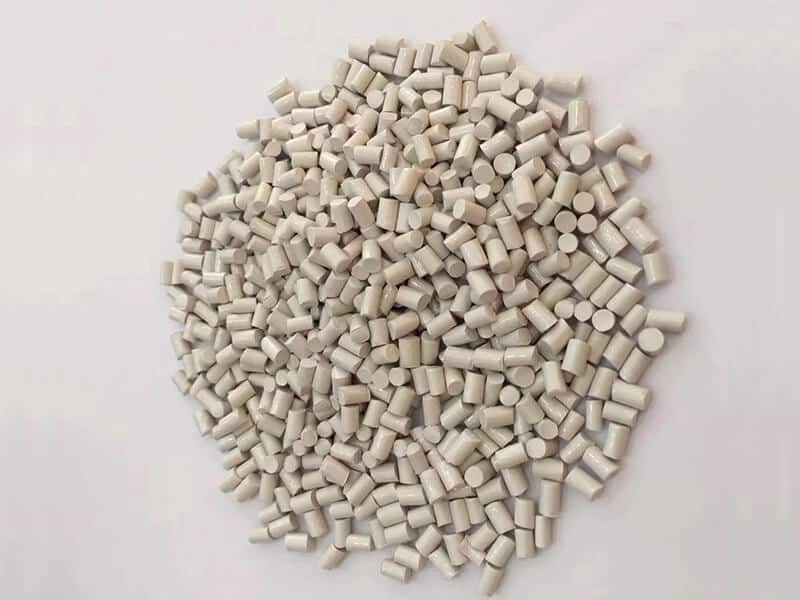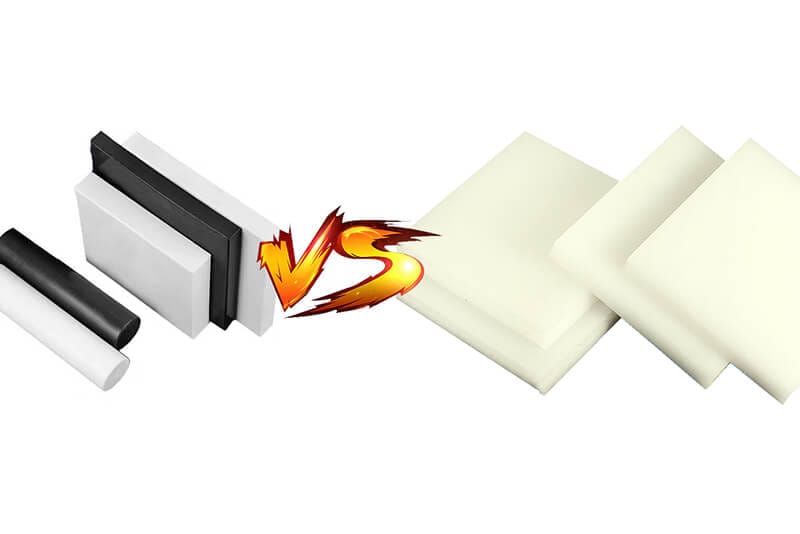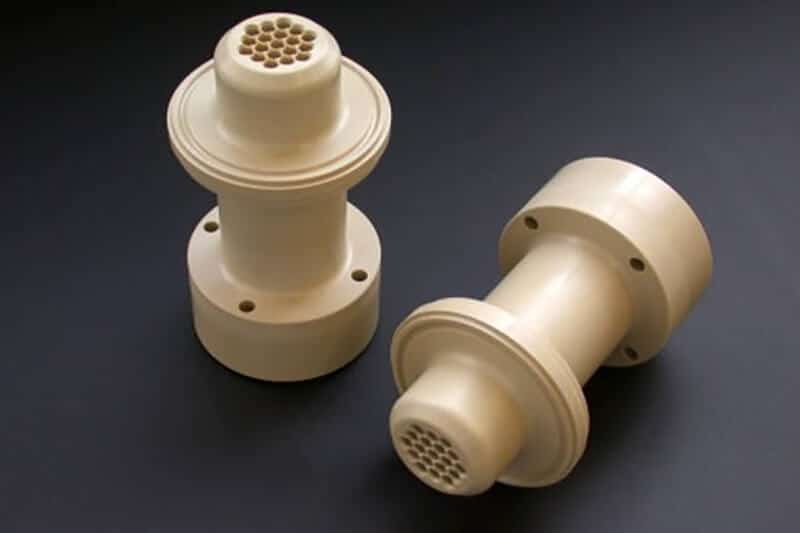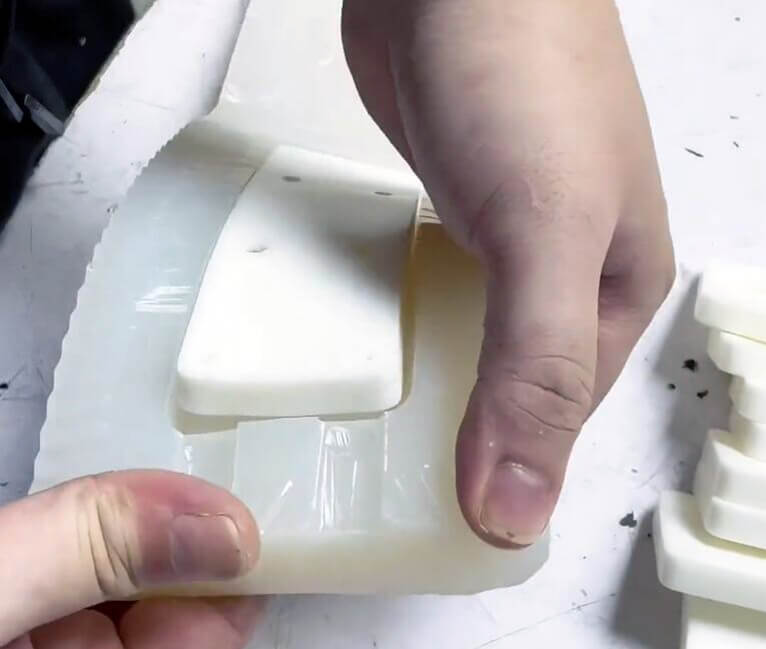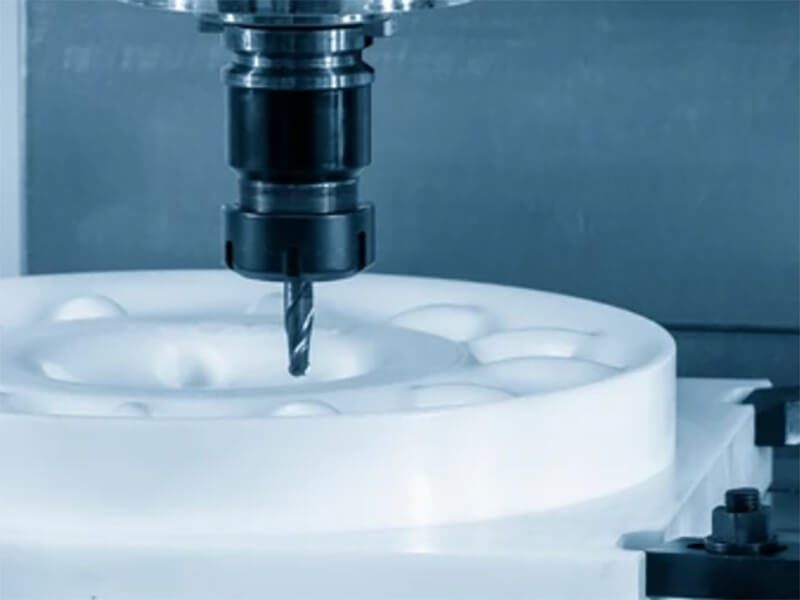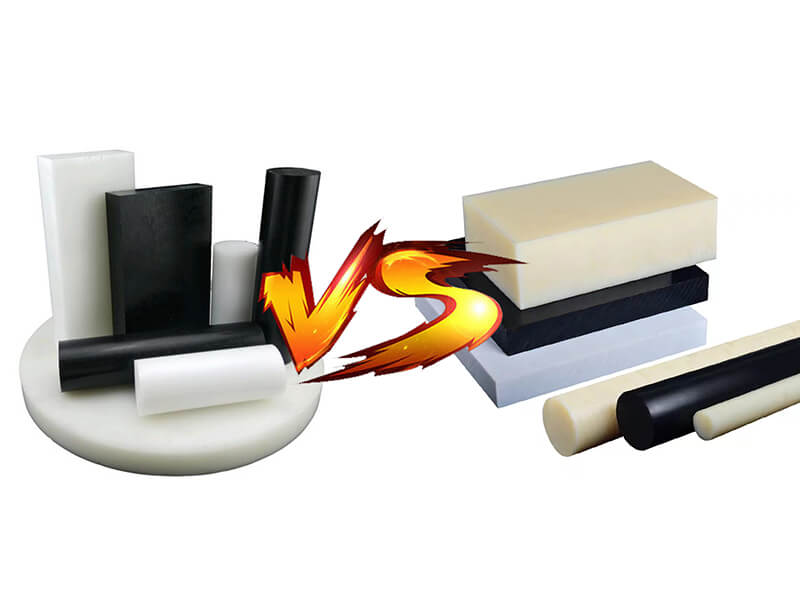Painting Plastic Car Parts: The Ultimate DIY Guide
Discover the secrets to painting plastic car parts like a pro. Our blog guides you through the process, ensuring a flawless, personalized finish for your ride.

Every car fades its color during times. It is hard to maintain the same shiny appearance for an infinite time no matter how we maintain the car. That is why we need regular maintenance and repainting on a certain time basis. We can either DIY or hire professionals for car paintings. But this article will help you to understand the secret behind successful DIY car plastic part painting like a pro.
Different Types of Auto Plastic Part Paints
Auto part painting job has plenty of color variations. They come with various types of paint that provide advantages, durability, and other benefits. Here are the best auto paints that provide outstanding effects on the automotive aftermarket painting application.
Water-Based Paint
It is a non-toxic, eco-friendly paint. It copes with the environment and lasts for a long time without compromising the defenders. However, water-based paints are best for plastic parts like door panels and dashboards. This paint not only works better on plastic parts but is also suitable for metal parts. Overall, water-based paint covers a wide range of painting areas with the benefits of fast drying.
Enamel Paint
The acrylic enamel paint is known for its hard nature and glazing finish. It covers the damaged parts of the plastic and shines them better than new. On the other hand, enamel paint comes with some basic color variations. Those prebuilt colors make it suitable for multi-color or single-color plastic part painting. However, this paint is especially used in plastic side mirror covers and prevents high UV radiation.
Metallic Paint
This paint is better and more advanced in every aspect than regular paint. It also provides modern glossy locks that are better than other paints. Therefore, every car manufacturing company uses this paint for their upcoming cars. Metallic paints come in a variety of colors making it a competitive painting choice. On the other hand, it does not reflect sun glare like other paints. Analyzing all the benefits, metallic paint became one of the most trustworthy and dependable car paints.
Urethane Paint
Urethane paint is also known as Polyurethane paint. Unlike other paints, it provides better UV ray protection and chemical resistance. It also can survive better than other paints in rough conditions. Urethane is one of the most used cart paints with multiple color specifications. Along with other benefits, it is known for its durability and resistance to fading out on the sun glare.
Lacquer Paint
This paint is not a new car thing. It works better on old cars and memorable parts. However, in some cases, lacquer paint does a mindblowing job. On the other hand, this paint provides similar benefits to urethane. So, to ensure better finishing with a glossy look, use this paint and obtain an aesthetic appearance.
Supplies Need to Paint Car Parts
Here are the necessary supplies you will need before and during the painting job.
DIY Step-by-Step Guide to Paint Plastic Car Parts
Like other jobs, painting is a professional gig. But with the proper knowledge and supplies, you can utilize the performance similar to pro. Here is an easy and complete guide to painting a plastic car part.
Wash The Car
Before starting the painting job, we must complete the preparation. So, it is important to wash the entire car before doing any kind of modifications. Before painting a car part, we have to wash it with car wash solutions like special detergents. Use any soft sponge or microfiber cloth to wipe the dirt and sand from the part. Use fresh water to wash all the detergent leftovers completely.
Remove The Plastic Part
If it is possible to remove the plastic part then remove it and then apply washing solutions. It will increase the washing process and reduce the hassle of working extra hours. On the other hand, loose parts have the benefits of proper painting operations without any consequences of damaging other car parts.
Apply Masking Tape
Most of the time, we don’t have the time or opportunity to remove the desired part to apply painting. In that situation, we have to mask all the other parts that we don’t want to paint or damage. Here the masking tape helps in every angle. However, after washing the selected part or area, we have to apply masking tape around the part. That’s how we can operate a painting job on the exposed part without spitting or damaging the covered part.
Apply Grease Remover
Rubbing alcohol or wax is the better way to remove grease from the part. As we know any kind of paint will not work on a greasy surface. So, we have to apply grease remover before executing the painting. Car parts have some serious issues with greasy surfaces. That’s why we have to apply some rubbing alcohol on the part and then apply wax to remove the grease.
Apply Wet Sanding
After removing the grease, we successfully finished the preparation stage before painting. Now, we have to apply wet sanding to even the uneven surface and remove the existing paint. For instance, 800 grit sandpaper with fresh water works better for sanding plastic car parts. This method not only softens the initial surface but also adds helpful texture to stick the paint better on a plastic surface.
Apply Primer Spray
Now take the primer spray and shake it for some time. Then take cardboard and spray the primer from one foot away to check the primer comes evenly from the spray knob. When you are satisfied with the result then apply the primer all over the sanding surface. Spray the primer with a five-minute interval to obtain a two-layer coat. Then leave the entire primer section to dry for at least 45 minutes. After properly primer the plastic part, apply some light sanding to create a texture like before.
Apply Paint
In this step, we have the plastic car part ready to apply paint. So, now take the paint spray and shake the can for some time to circulate the paint inside the can. It will increase the paint’s liquid form and reduce the chance of uneven spraying. Now test it as the primer spray and then carefully spray on the sanding area. Apply the paint spray three times with an interval of 15 minutes. This interval time will help the paint dry and make a better and stronger coating.
Apply a Clear Coat or Lacquer
Clear coats ensure the bonding of the paint and primer. It protects the outer layer with three durable clear coatings. However, in this process, you have to follow the same instructions as paint spray and primer spray. When you are satisfied with the result then apply the clear coat on the painting part surface and leave it for more than five hours to completely dry.
Final Polishing
After applying the clear coating, we need to apply a polishing treatment. In that case, we have to wait for some days to see if any bump strips of paint come out or not. If everything looks normal then we can apply polishing treatment to obtain a glossy appearance.
Final Word
The process of DIY plastic card painting looks complicated. But with proper tooling and patience, it is not that hard and dangerous. Hope this article helps you understand the consequences and suitable guide on how you can paint your car plastic parts.
Related Blogs

Looking for a trustworthy Supplier
Need a Trustworthy Supplier of Plastic, Foam, Sponge, Rubber, Metal, and Machining Solution. Click the Button, We Will Be In Touch With You As Quickly As Possible.

